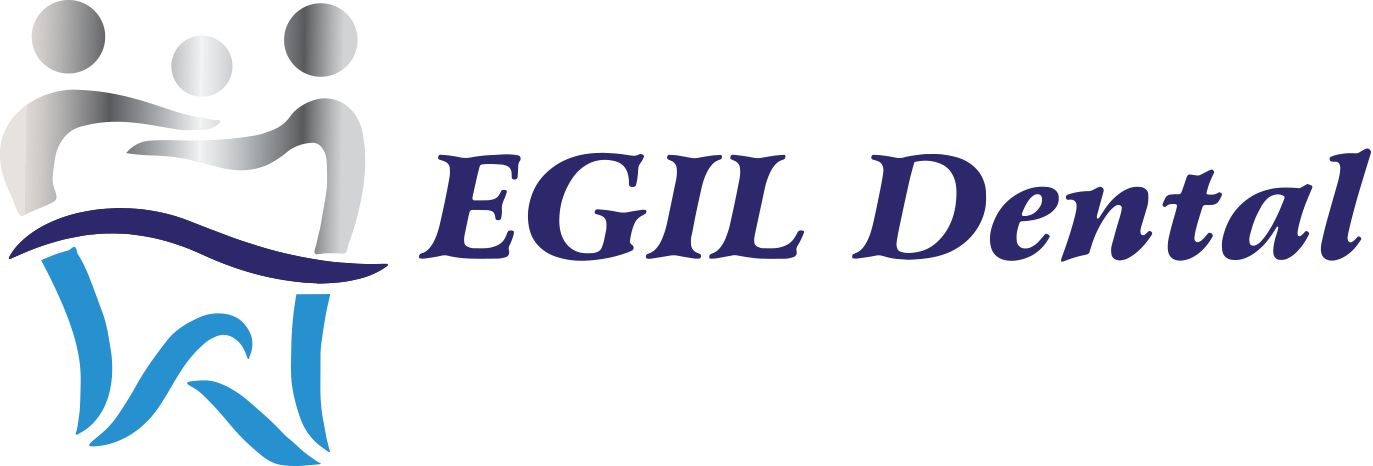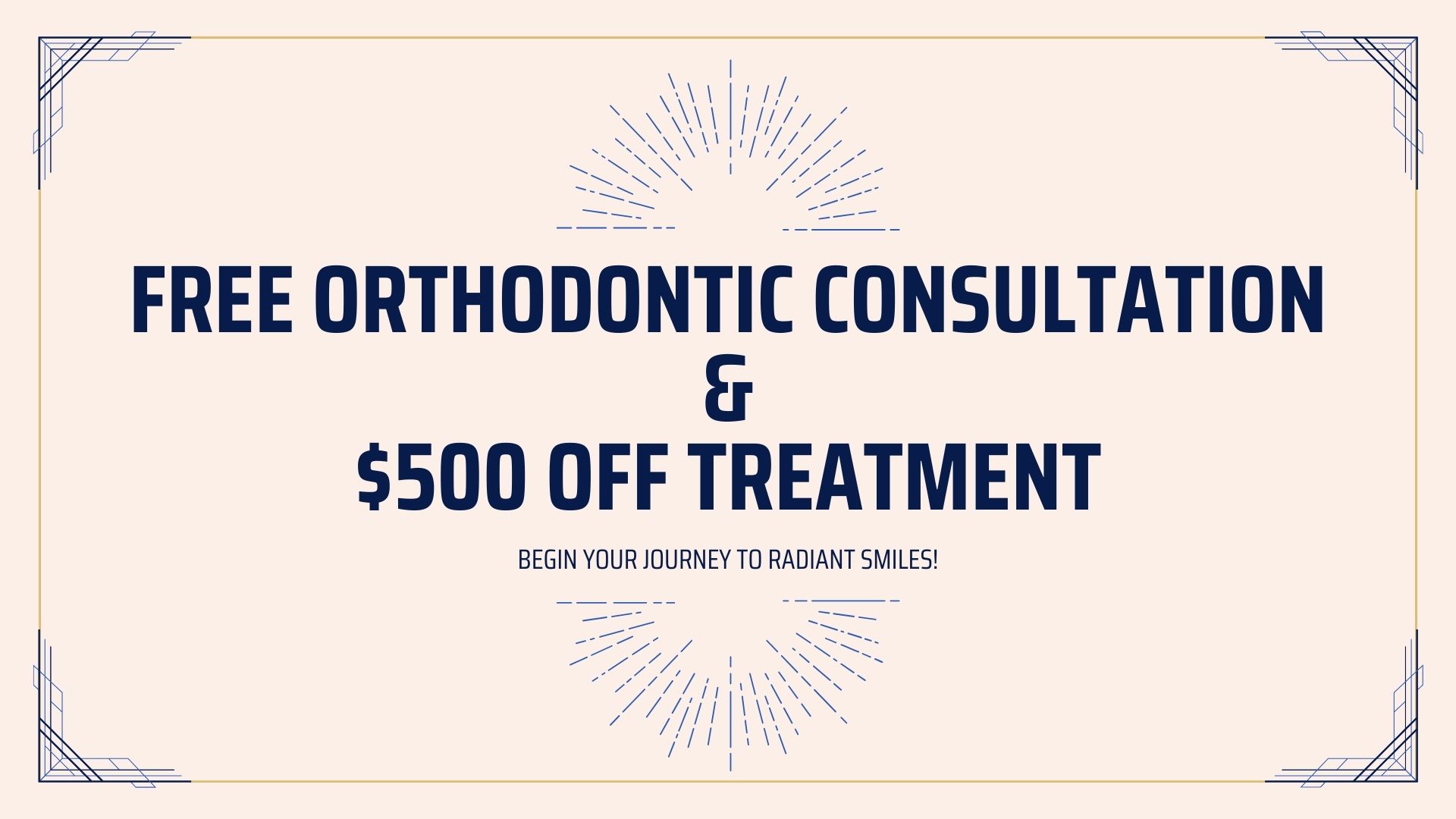In the field of dentistry, orthodontics is a specialized branch that focuses on correcting dental irregularities such as misaligned teeth and improper jaw alignment. When it comes to orthodontic treatment, one common approach that is often considered by dentists is tooth extraction. This article will explore the link between extractions and orthodontics, shedding light on why extractions may be necessary and how they can contribute to successful orthodontic treatment.
Understanding Orthodontics
Orthodontics is a dental specialty that deals with the diagnosis, prevention, and treatment of dental and facial irregularities. Orthodontic treatments aim to correct problems such as crowded teeth, overbites, underbites, crossbites, and gaps. These issues can be caused by genetic factors, oral habits, or trauma.
Orthodontic treatment typically involves the use of braces or aligners to gradually move teeth into their ideal positions. While braces and aligners are effective in many cases, there are instances where tooth extraction becomes necessary to achieve optimal results.
The Role of Extractions in Orthodontics
Extractions are sometimes recommended in orthodontic treatment plans to create space within the jaw. This space can then be used to properly align the remaining teeth and achieve a balanced bite. The decision to extract teeth depends on various factors, including the severity of the dental irregularities and the individual’s overall oral health.
One common reason for extractions is dental overcrowding. When teeth alignment issues cause significant crowding, extracting one or more teeth can relieve the pressure and enable the remaining teeth to align properly. By creating more space, it becomes easier for the orthodontist to close gaps and align teeth without compromise.
Another scenario where extractions may be necessary is when the patient has a severe overbite or underbite. An overbite occurs when the upper front teeth excessively overlap the lower front teeth, while an underbite is characterized by the lower teeth protruding farther than the upper teeth. In certain cases, extracting teeth can help correct these bite irregularities and improve facial aesthetics and functionality.
The Orthodontic Extraction Process
Before making any decisions regarding extractions, an orthodontist thoroughly evaluates the patient’s dental condition using X-rays, photographs, and impressions. This comprehensive examination allows the orthodontist to determine the optimal treatment plan and assess whether extractions are necessary.
If extractions are deemed necessary, the orthodontist will discuss the process, risks, and benefits with the patient. Local anesthesia is typically administered to ensure a painless experience. The tooth extraction procedure involves carefully loosening and removing the targeted tooth while minimizing damage to the surrounding tissues.
Following the extraction, the orthodontist will explain the post-operative care instructions, which may include using a mild saltwater rinse, avoiding hard or sticky foods, and taking prescribed medications if needed. It is essential to follow these instructions for a smooth healing process.
The Benefits of Orthodontic Extractions
While the idea of tooth extraction may seem daunting, it is important to understand the potential benefits it can bring to orthodontic treatment. Here are some advantages:
Improved Teeth Alignment:
By creating additional space in the jaw, extractions facilitate proper alignment of the remaining teeth. This promotes a harmonious bite, reduces crowding, and enhances oral function.
Enhanced Aesthetics:
Extractions can play a crucial role in achieving a balanced and aesthetically pleasing smile. By addressing dental irregularities and aligning the teeth, extractions contribute to an improved overall facial appearance.
Better Long-Term Stability:
Orthodontic extractions can help ensure the long-term stability of the treatment outcomes. By creating space, it allows the orthodontist to align the teeth into a position that promotes stability and reduces the risk of relapse.
Reduced Treatment Time:
In cases where extractions are necessary, the overall duration of orthodontic treatment can be shorter. By strategically extracting teeth, the orthodontist can achieve desired results more efficiently, potentially reducing treatment time.
Conclusion
The link between extractions and orthodontics is a vital aspect of dental treatment for those with malocclusions and dental irregularities. While extractions may seem intimidating, they are performed with precision to create space and optimize the alignment of teeth. Consulting with an experienced orthodontist will help determine whether extractions are necessary for your specific orthodontic needs, ensuring a successful and satisfying outcome.

